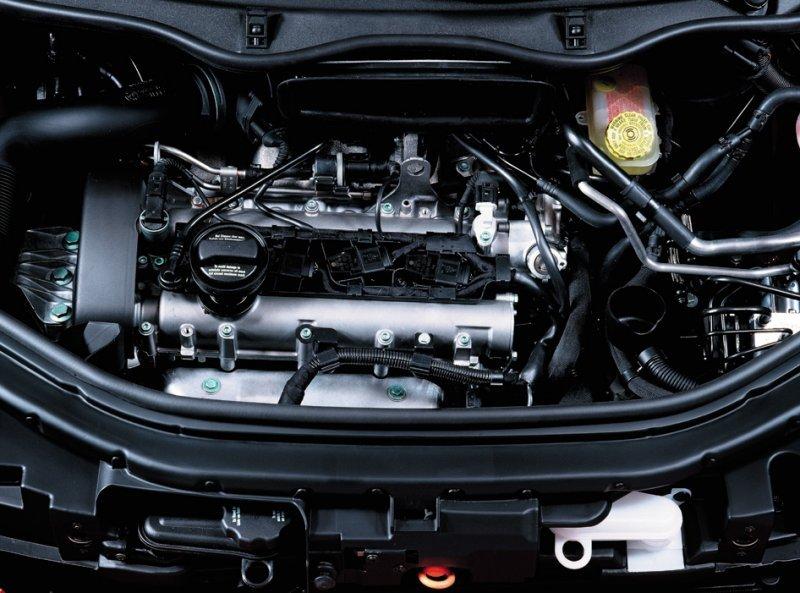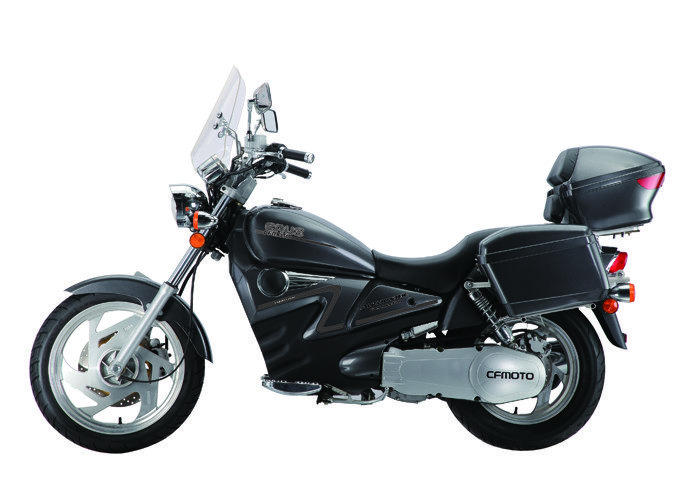
Dual circuit cooling
 In modern engines, the cooling system can be similar to the brake system, that is, it is divided into two circuits.
In modern engines, the cooling system can be similar to the brake system, that is, it is divided into two circuits.
One is the cylinder block cooling circuit and the other is the cylinder head cooling circuit. As a result of this division, part of the liquid (approx.  one third) flows through the body of the power unit, and the remainder through the head. The fluid flow is controlled by two thermostats. One is responsible for the flow of fluid through the engine block, the other for the flow through the head. Both thermostats can be placed in a common housing or separately.
one third) flows through the body of the power unit, and the remainder through the head. The fluid flow is controlled by two thermostats. One is responsible for the flow of fluid through the engine block, the other for the flow through the head. Both thermostats can be placed in a common housing or separately.
The principle of operation of thermostats is as follows. Up to a certain temperature (for example, 90 degrees Celsius), both thermostats are closed so that the engine can warm up as quickly as possible. From 90 degrees to, for example, 105 degrees Celsius, the thermostat responsible for the passage of fluid through the head is open. Thus, the temperature of the head is maintained at 90 degrees Celsius, while the temperature of the cylinder block at this time can continue to rise. Above 105 degrees Celsius, both thermostats are open. Thanks to this, the temperature of the warhead is kept at 90 degrees, and the temperature of the hull at 105 degrees.
Separate cooling of the cylinder head and cylinder block offers certain advantages. A cool head reduces knocking, and a higher body temperature reduces friction losses due to rising oil temperatures.

